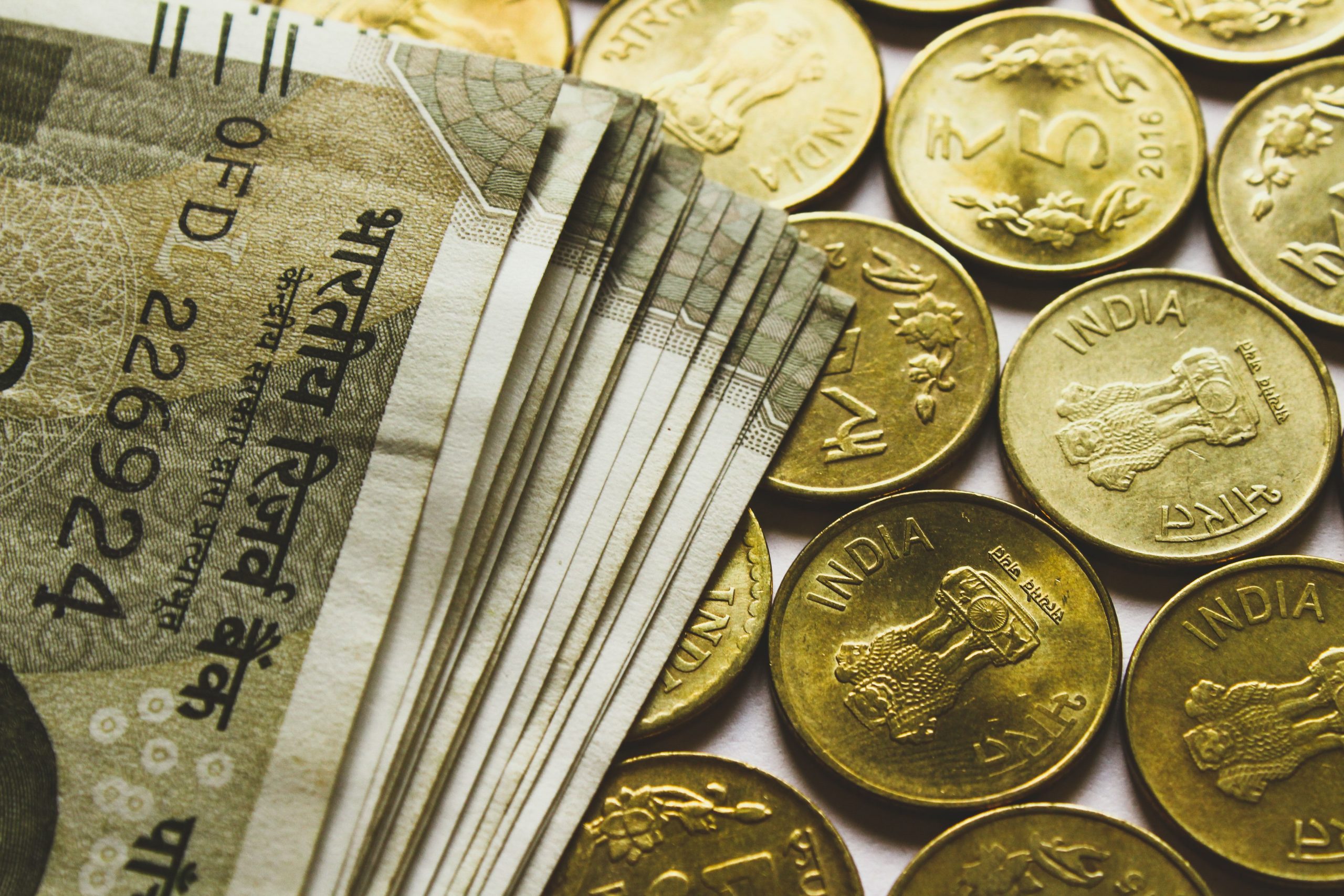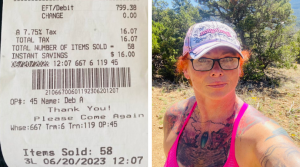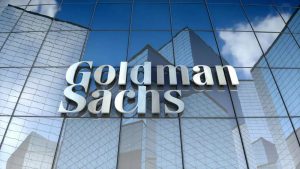India’s retail inflation eased to 6.71% in July from 7.01% in the previous month, helped by a lower rise in food prices, according to government data released on Friday. It has slipped lower than 7% for the first time in four months. Inflation has been decelerating for the past four months, it touched a high of 7.78% in April.
However, it remained above the Reserve Bank of India’s tolerance band of 2%-6% for the seventh month in a row. The government has directed the central bank to maintain retail inflation at 4% with a margin of 2% on either side for a five-year period ending March 2026.
Also Read | How the Inflation Reduction Act will impact rising costs in US
The overall food inflation was at 6.75% in July as compared to 7.75% in the preceding month. The inflation rate for vegetables came in at 10.9% in July.
The key indicator of the Indian staple diet, pulses, witnesses a contraction of 0.18%. Fuel and electricity prices increased by 11.76% as compared to 10.39% in July while clothing and footwear gained 9.91% and the housing segment inched up 3.90%.
Also Read | Is it better to invest in real estate during surging inflation?
The supply-chain disruptions due to ongoing geopolitical crises and increasing global inflation rates are constantly driving the domestic inflationary pressures.
RBI in its monetary policy committee (MPC) had raised its key interest rates by 50 bps to 5.4% on August 5, 2022, higher than the pre-pandemic level. Rates have increased by 140 basis points since May 2022. RBI kept its inflation forecast for the country unchanged at 6.7% for this financial year.
Also Read | How Paul Volcker tamed inflation with two recessions in 1980s
RBI Governor Shaktikanta Das said that inflation is likely to remain above the central bank’s 6% upper tolerance level in the second and third quarters of this fiscal year, for which the MPC stressed that sustained high inflation could destabilize inflation expectations and harm growth in the medium term. The central bank now sees inflation for Q2 at 7.1%, Q3 at 6.4% and Q4 at 5.8%.






